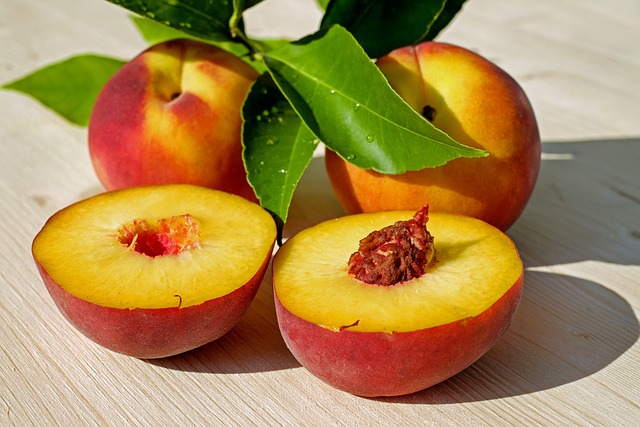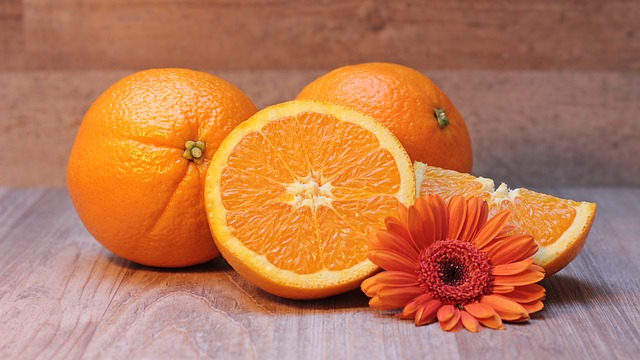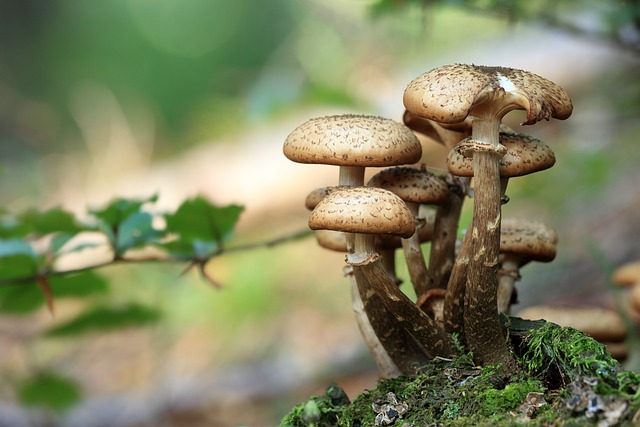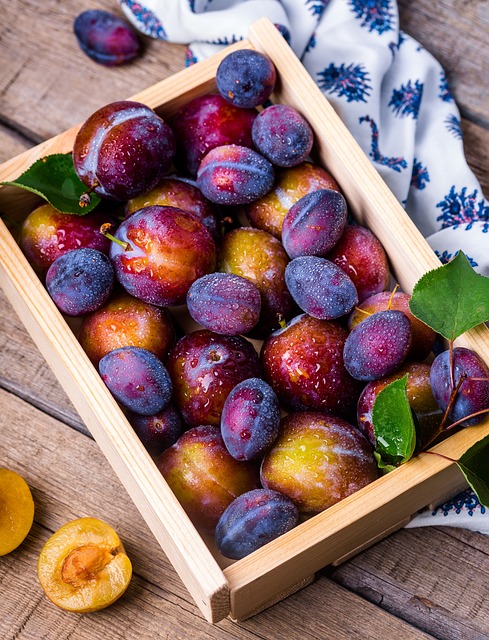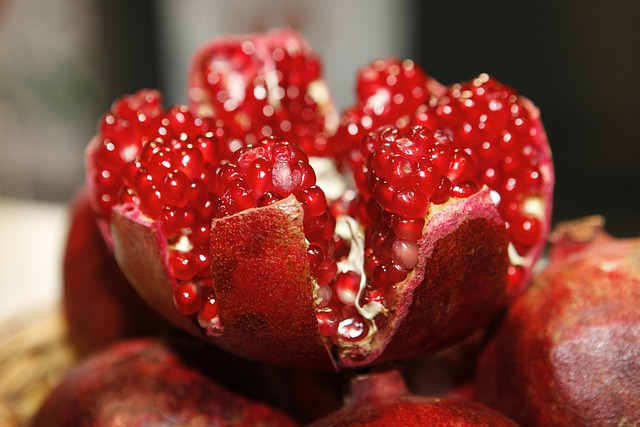From Farm to Gut: Exploring the Journey of Probiotic Foods
Probiotics have gained significant attention in recent years for their potential health benefits. These live bacteria and yeasts, commonly found in fermented foods, are known for their ability to promote a healthy gut microbiome. But have you ever wondered about the journey these probiotic foods take from the farm to your gut? Let’s explore!
The Farming Stage
The journey of probiotic foods begins on the farm. Farmers cultivate various types of fruits, vegetables, and dairy products that serve as the foundation for these beneficial microorganisms. Certain crops like cabbage, cucumbers, and beets are particularly popular due to their ability to naturally promote the growth of probiotics.
During the farming stage, organic and sustainable agricultural practices play a crucial role. Farmers prioritize providing a clean environment, rich in nutrients, which allows the probiotic cultures to thrive. This ensures that the final product is of the highest quality with maximum potential health benefits.
The Fermentation Process
Once the crops are harvested, they undergo a fermentation process. This process involves the use of beneficial bacteria or yeasts to convert sugars into lactic acid or alcohol. It is this fermentation step that gives probiotic foods their distinct flavors and textures.
Various methods are employed to facilitate fermentation, such as naturally occurring bacteria, starter cultures, or even the addition of specific strains. These microorganisms transform the raw ingredients into probiotic-rich foods, preserving them and enhancing their nutritional value.
Packaging and Storage
After fermentation, probiotic foods are packaged to maintain their freshness and quality. Proper packaging is essential to prevent contamination and ensure the longevity of the beneficial microorganisms. Some popular packaging methods include glass containers, vacuum-sealed bags, or specially designed airtight packets.
Storage conditions also play a critical role in preserving the probiotic content. While some probiotic foods need refrigeration to maintain the potency of the live cultures, others can be stored at room temperature. It is important to follow the storage instructions on the packaging to optimize the lifespan of the probiotics.
Your Gut’s Journey
Now that the probiotic foods are ready, it’s time for them to embark on the final leg of their journey – your gut! When consumed, probiotics pass through the digestive system and make their way to the intestines.
Once in the gut, probiotics can positively influence the composition of the gut microbiome by replenishing and supporting the growth of beneficial bacteria. These beneficial microorganisms help to maintain a healthy balance in the gut, which is vital for digestion, immune function, and overall well-being.
It’s important to note that not all probiotics survive the journey through the digestive system. Factors such as stomach acid and bile can impact their viability. However, even if some probiotics do not survive, they can still have a positive impact on the gut by stimulating the growth of other beneficial bacteria.
Incorporating Probiotic Foods into Your Diet
To experience the benefits of probiotics, it’s essential to incorporate probiotic-rich foods into your daily diet. Some common examples of probiotic foods include yogurt, sauerkraut, kimchi, kefir, and kombucha. These foods not only provide your body with beneficial bacteria but also offer a host of other nutrients.
It’s advisable to choose products that are labeled as containing live and active cultures to ensure you are consuming viable probiotics. Additionally, gradually introducing probiotic foods into your diet can help your body adjust to their presence.
Consulting a Healthcare Professional
While incorporating probiotic foods into your diet can be beneficial for many, it’s important to consult a healthcare professional, especially if you have any underlying health conditions or if you are pregnant or breastfeeding. They can guide you on the appropriate types and amounts of probiotics for your individual needs.
In Conclusion
From the farm to your gut, the journey of probiotic foods is fascinating. The careful cultivation, fermentation, packaging, and eventual consumption of these foods contribute to a thriving gut microbiome. By incorporating probiotic-rich foods into your diet


